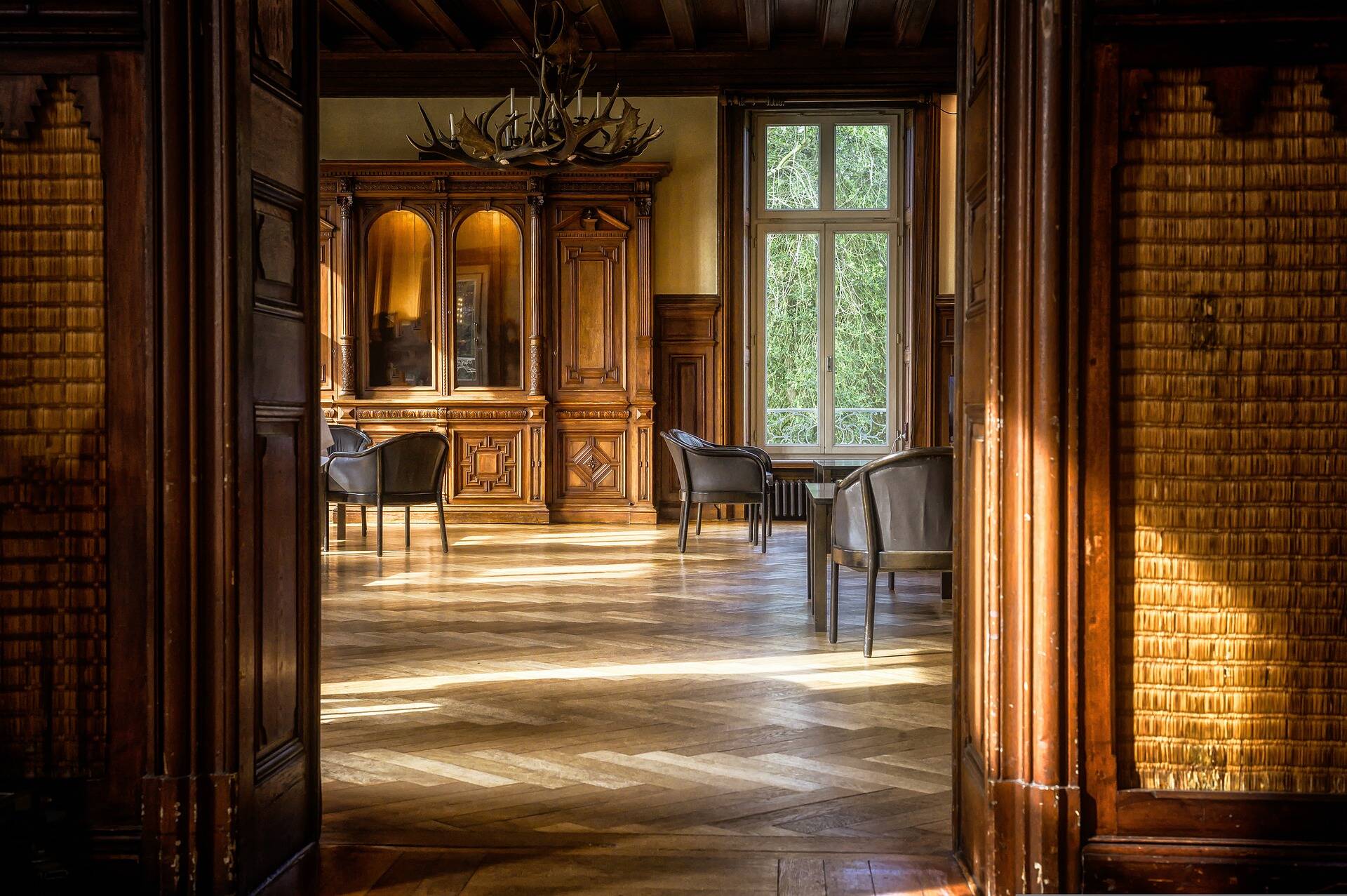
When having new flooring installed in your home, there are a variety of considerations to take on board. For one, you need to think about what material suits you and then what colour/style of flooring you’d prefer.
However, another key consideration is the pattern. In this mini guide, we’ll explore several types of wood flooring patterns and discuss how you can choose the right one for your home.
Criteria for Finding the Right Pattern for Wooden Flooring
When seeking the right wood floor pattern for your home, consider questions such as the following ones:
- What style of wood flooring pattern would look best in the room in question?
- What type of flooring patterns do you fancy the most?
- What is your budget? This is important if you want to consider customised wood floor patterns.
Types of Wooden Floor Patterns
We’ll now explore the various wood floor patterns available on the market.
Straight Pattern
The simplest and one of the most common options is a straight flooring pattern. This simply involves evenly sized floor panels placed parallel to one another. It leads to a uniform and reserved look. It’s also relatively easy to install.
Unlike other patterns, a straight pattern avoids making the room appear more cluttered. In addition, if you have a small roof, ensuring the boards follow the longest wall can make the space look larger than it actually is.
Diagonal Pattern
Another common choice is a diagonal wood floor pattern. It’s actually nearly as simple as a straight pattern but instead of the boards going from one wall to the next, they travel from corner to corner.
Moreover, a diagonal pattern is a bit more complex to install than a straight pattern and more likely to require a professional. Other advantages of diagonal pattern wood flooring are that it can make your room look wider or longer.
Chevron Pattern
A chevron pattern includes wood blocks of equal size which create a zig-zag pattern. More specifically, the chevron pattern involves blocks which are cut at an angle and create a straight line where the pieces meet one another.
Chevron is fairly similar to herringbone which we will touch on later. Chevron would be a great pattern for a spacious area as it can give such spaces a more formal appearance. However, it doesn’t work well for small rooms or narrow halls as it will likely make the space seem even tighter.
Considering the relative complexity of a design like chevron and those we discuss below, it’s best to hire a professional for their installation. In most parts of the UK, you can hire a wooden flooring installer for £150 a day or approximately £12 to £25 per square metre. This, of course, excludes the cost of the actual floor boards.
Random Pattern
Another interesting option is a random pattern. Basically, a random pattern involves, as you might guess, wooden blocks with varying widths. This is the random element of the pattern, but the pattern as a whole is consistent.
A random pattern floor can make a room seem larger and offer a more interesting visual effect than more mundane options. A random pattern can come in a straight or diagonal form. If you want to mix things up more, consider different colours (even if slightly different tones) throughout, varying depending on the blocks.
Herringbone Pattern
As touched on above, a herringbone pattern is similar to a chevron pattern. Again, herringbone floors involve a zig-zag pattern and blocks of equal size. In addition, a herringbone pattern involves rectangle pieces that are arranged with the ends of each wooden plank next to another.
Herringbone flooring is among the most popular wood floor patterns in the UK, however, it’s not well suited to small rooms given that it can make rooms appear smaller. You’ll tend to find this option offered with parquet wood flooring.
Brick Pattern
Last but not least, we have brick pattern wood flooring. As you might guess, this design resembles brickwork. Generally consisting of several small timber pieces combined to create square blocks, a brick pattern wood floor is quite artistic in nature.
You tend to find brick pattern wood floors in rooms that are modern, urban, or minimalistic in nature. Brick pattern floors can be used to create unique textures and a vibrant, colourful appearance.
See some more of my interiors posts here
